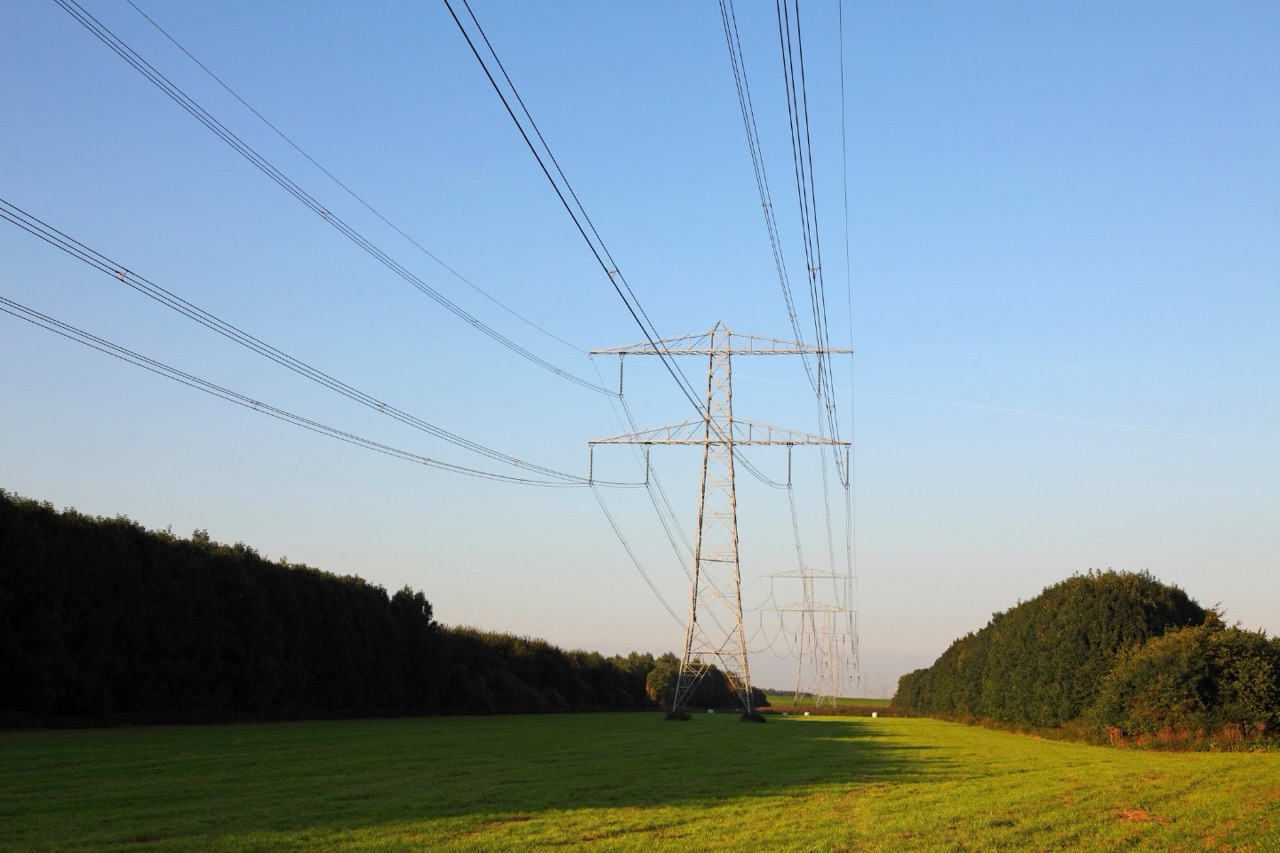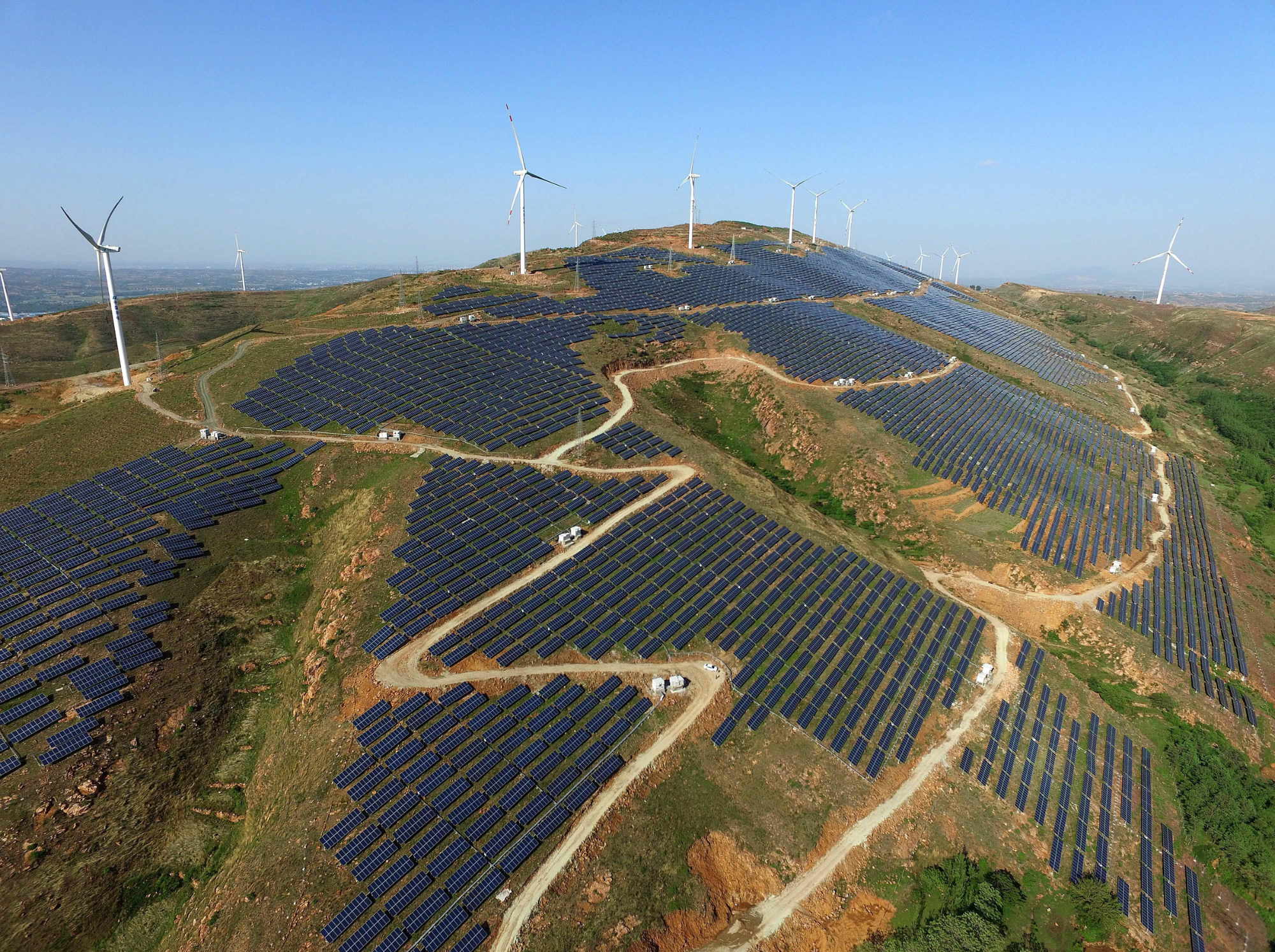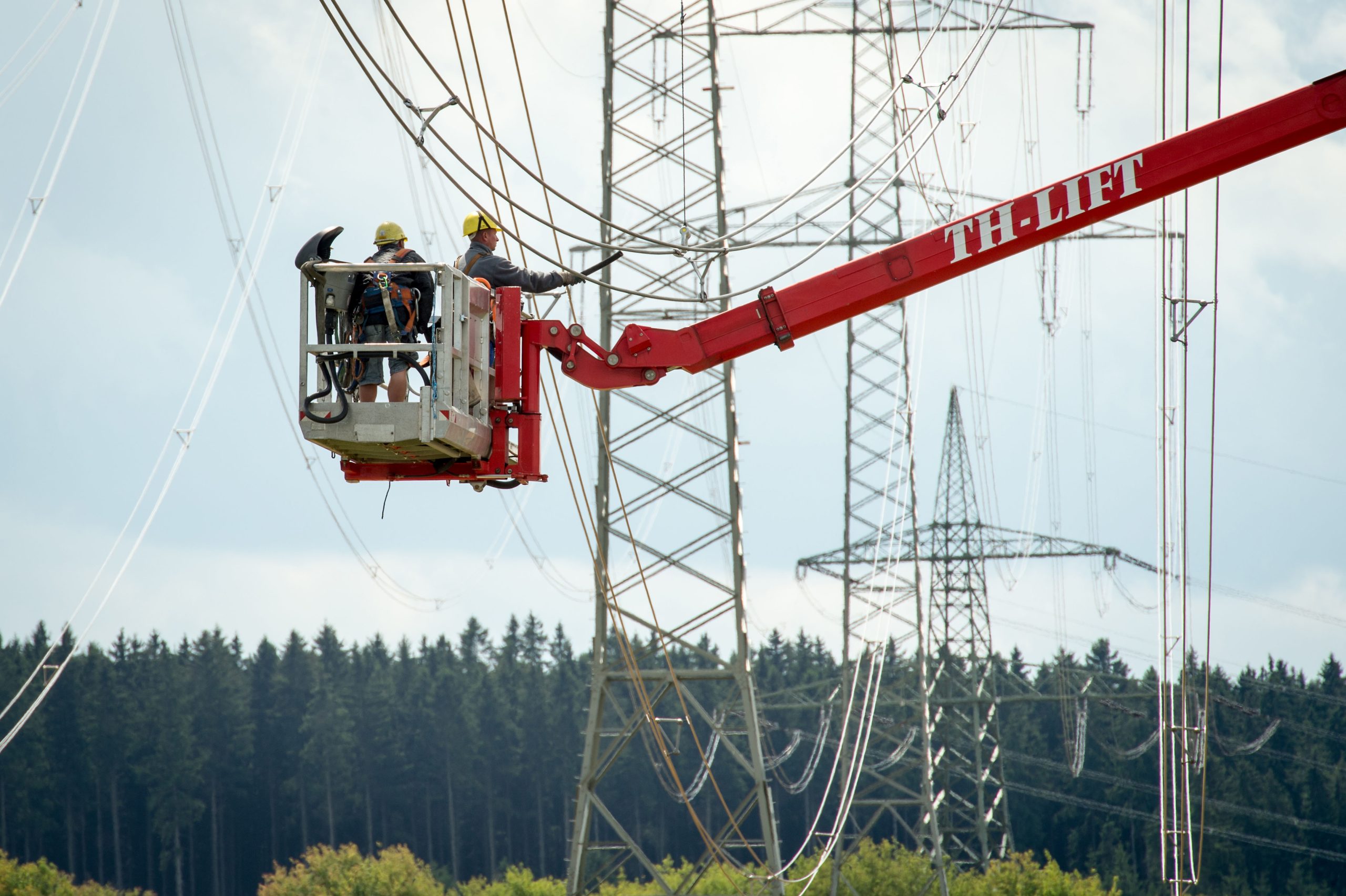
Middle East
No sign of a transition away from gas and oil reliance
Anchor point: Overview
Highlights
5% of the Middle East’s electricity was generated from clean sources last year, below the global average of 39%.
Middle Eastern countries are powered almost exclusively on gas and oil, with little coal reliance. 76% of power came from gas in 2023, and 18% from other fossil generation. Few Middle Eastern countries have taken significant steps to embrace clean electricity. Carbon intensity in the region is high, with an average of 658gCO2 per kWh in 2023, compared to the global average of 480gCO2 per kWh.
The Middle East stands out as one of the only regions in the world where solar and wind have yet to gain much traction. Many countries have less than 1% wind and solar in their mixes. This includes Bahrain, Iran, Iraq, Kuwait, Lebanon, Oman, Qatar and Saudi Arabia. While Saudi Arabia is targeting 50% renewable electricity by 2030, one of the most rapid scale-ups of renewables globally, the path to implementation remains unclear. Jordan is the exception, producing 23% of its electricity from wind and solar in 2023.
Gas investment continues to pour in: Iran, the United Arab Emirates (UAE), Kuwait and Iraq are building more gas power plants than most countries in the world. Around 16% of the world’s gas power generation is in the Middle East.
Despite enthusiastic words from Middle Eastern governments about vast desert solar projects, less than 1.5% of the region’s electricity came from solar in 2023. While these mega projects will likely materialise eventually, it is unclear whether this will happen fast enough to limit warming to 1.5C. Countries like Iran and Iraq have not yet managed to get any clean electricity projects off the ground, bar a few small legacy hydro projects.
Anchor point: Data
Anchor point: Insights
Latest insights



